A guide to Valorant's guns: damage values, recoil patterns, and advice
Learn how Valorant's weapons differ from CS:GO's, and study the arsenal so you know exactly how to deliver lethal damage.
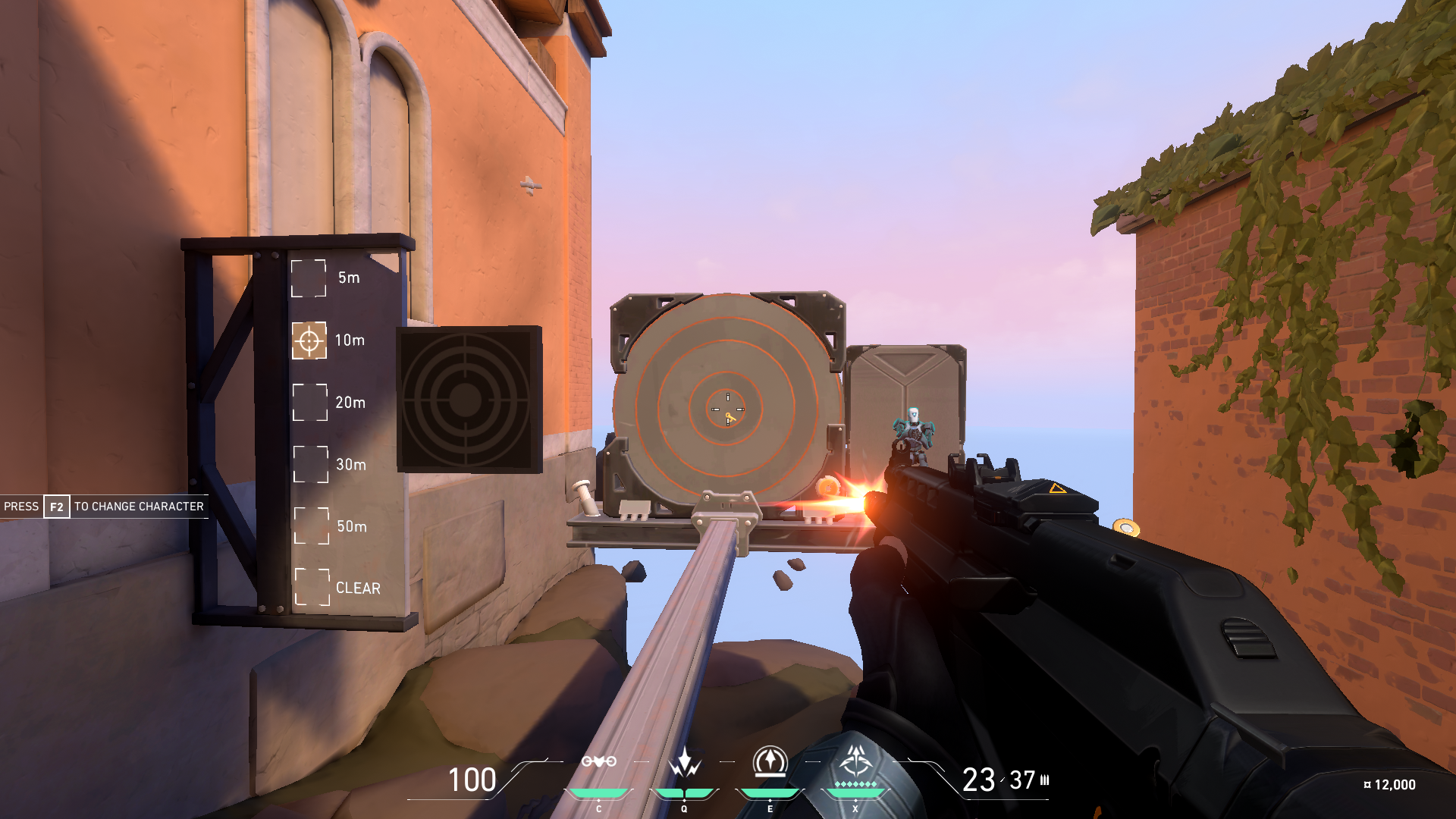
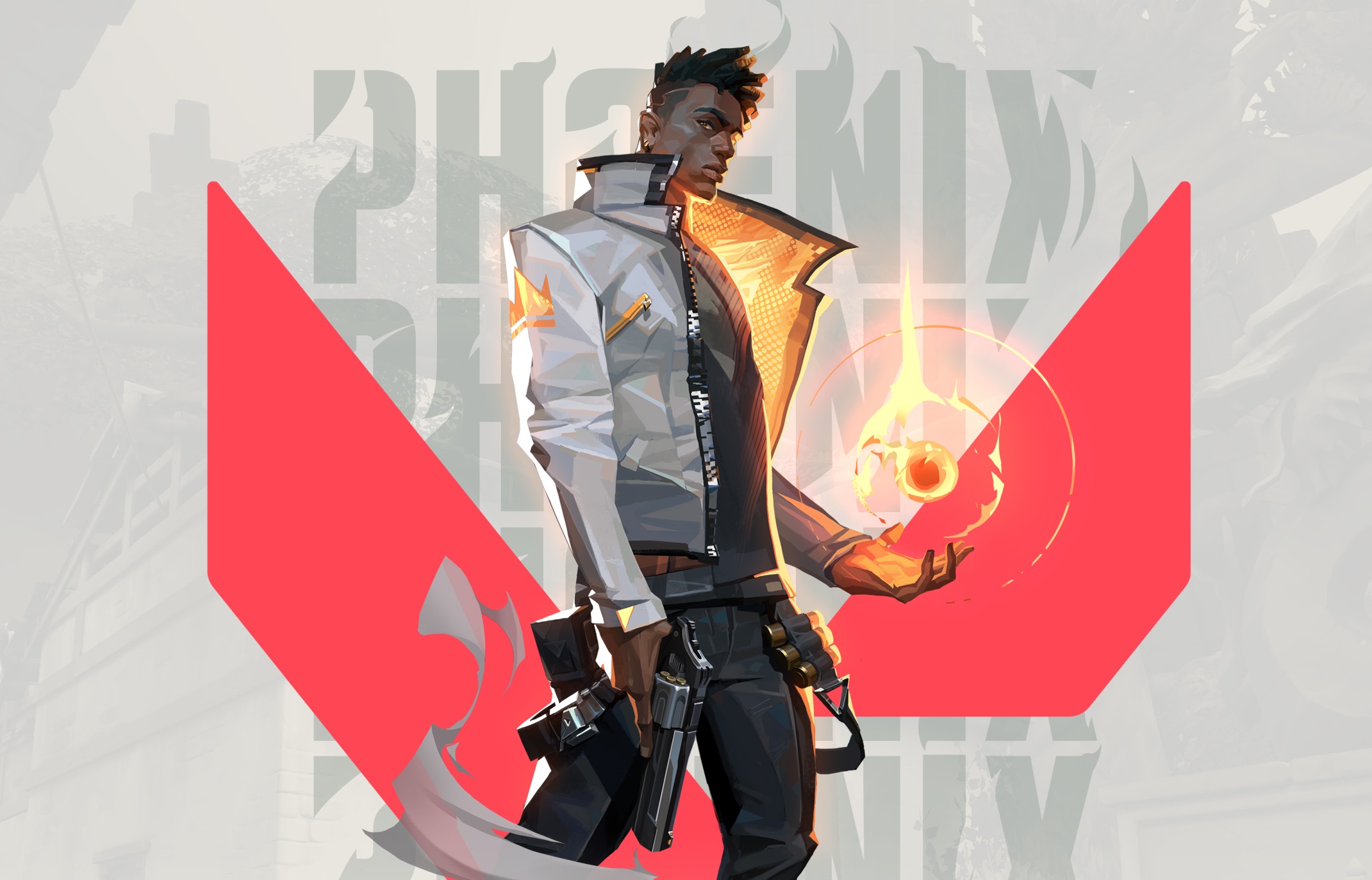
Valorant release date: When will it fully launch?
Valorant characters: All the hero abilities
Valorant ranks: How you'll be progressing
Valorant system requirements: Can you run it?
Valorant error codes: How to solve them
Valorant tips: Get more wins
Valorant beta: How to get in
Like CS:GO, Valorant is about a lot more than shooting, and on top of mind games, it adds special abilities and ultimates. Even so, the team that wins is often the team that got the last headshot.
If you're new to the Counter-Strike style of FPS, the first thing you need to know is that, unless you're a great sniper, you should usually be using an assault rifle. The other weapons are options you have when you can't afford a rifle. (You might want to also check out our general Valorant tips before jumping in.)
If you're a CS:GO player, you've probably noticed that Valorant's guns are obvious analogues of CS:GO's—the Vandal is the AK-47, for instance. But they are definitely not identical. Valorant's SMGs and rifles can be aimed down the sights, for instance, and ADS can have surprising effects, such as changing the firing speed or switching from full-automatic to burst fire.
In this guide, I've pulled all of the important data for each gun out of the Valorant closed beta: magazine capacity, firing rate, damage values, and so on. Along with our resident Counter-Strike player, Evan, I have also done some testing to ensure that the values are accurate, and we've made few suggestions here and there based on scenarios you're likely to encounter.
Health and armor
Every character has 100 health, and players can buy up to 50 armor. Effectively, this means that you need to do 150 damage to kill a pristine enemy.
That's all you really need to know about health and armor to get started, though there is a slight complication, which is that armor doesn't simply act like extra hit points. Instead, some damage gets through the armor with each shot.
Here's what happened when we tested armor penetration using heavy armor (50 points) and the Classic, which does 26 damage per body shot at close range.
The biggest gaming news, reviews and hardware deals
Keep up to date with the most important stories and the best deals, as picked by the PC Gamer team.
Shot one: 8 damage to health; 17 damage to armor
Shot two: 9 damage to health; 17 damage to armor
Shot three: 11 damage to health; 16 damage to armor
Total damage done: 78 (3x26)
Remaining armor: 0
Remaining health: 72
As you can see, heavy armor absorbs a little over half of the first 50 damage taken. The current wording in Valorant's buy menu is confusing, and I'm not sure why each shot did a different amount of damage (ultimately adding up to the correct number), but in the end, buying 50 armor still means that you can take 150 total damage before dying.
Ranges
Some guns have two sets damage values depending on range, while others have three, and a handful have just one. Complicating things further, one gun's close range might be 30 meters and under, while another's might be 20 meters and under. For example, the Frenzy does 78 headshot damage at its close range (within 20m) and the Classic does 78 headshot damage at its close range (within 30m). In tables, I'll always specify the number of meters I'm talking about.
For reference, here's what 10m and 30m look like in game:
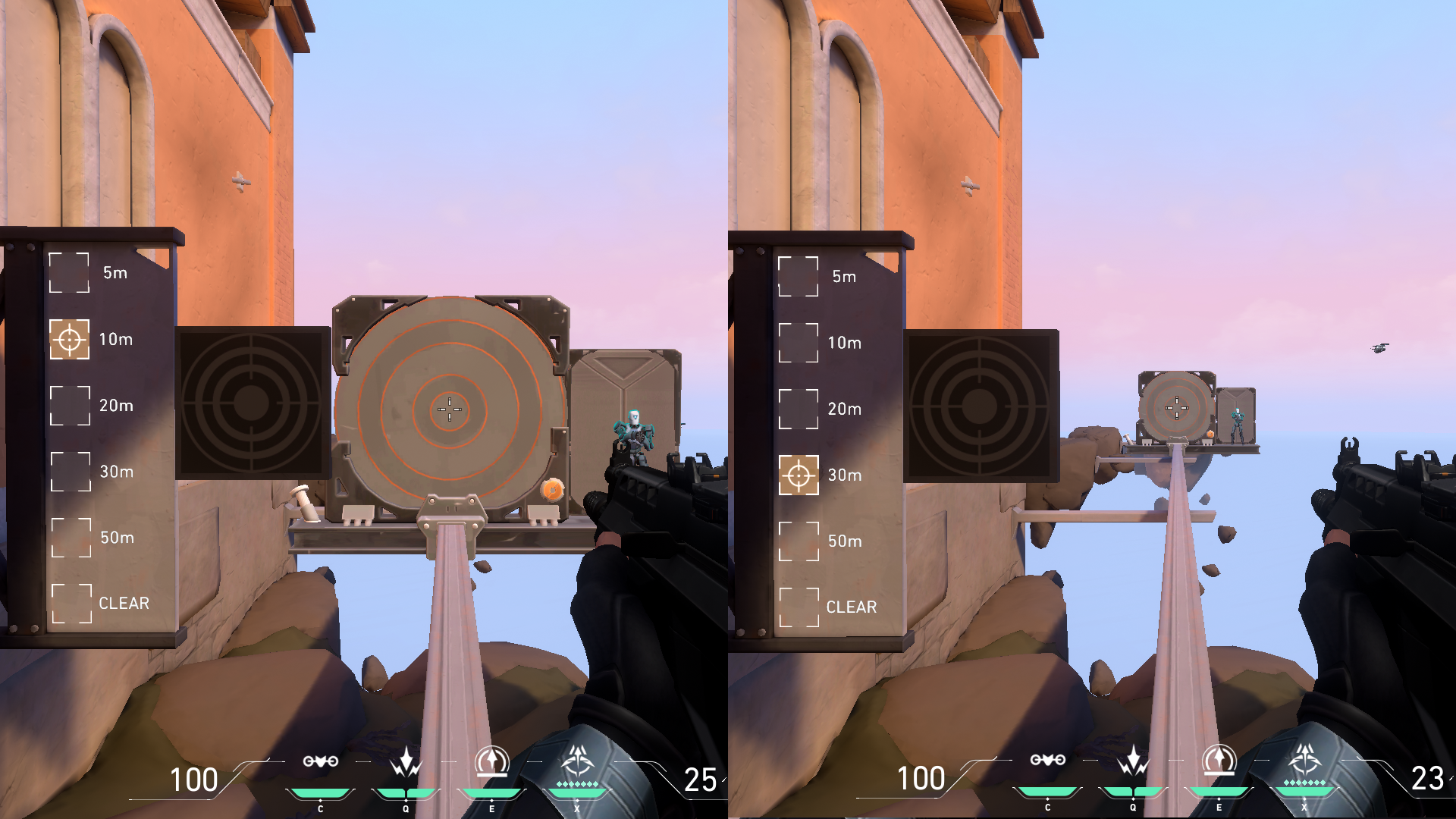
Weapon quirks
Knife damage: The left click knife attack does 50 damage. The right click knife attack does 75 damage against an enemy who's facing you, and instakills enemies in the back, like it does in Counter-Strike.
Wall penetration: If you see a bullet hole on a wall, your bullet went through it. If you see a lighter closed fracture decal, your bullet didn't penetrate. If you're used to Siege like I am, understanding that it's possible to shoot through the corners of hardwalls takes some getting used to. Some doors, like Haven's "Garage" section, even have armor that can be destroyed, making the surface penetrable.
Suppressors: The Ghost, Spectre, and Phantom all have gray tracers on your screen, but enemies see no tracer at all.
Sidearms

| Gun | Cost | Mag size | Standard fire | Alt fire | Wall penetration |
|---|---|---|---|---|---|
| Classic | Free | 12 | Semi-auto; 6.75 rps | 3-round spread; 2.2 rps | Low |
| Shorty | 200 | 2 | Semi-auto; 3.3 rps; 12 pellets per round | None | Low |
| Frenzy | 400 | 13 | Full-auto; 10 rps | None | Low |
| Ghost | 500 | 15 | Semi-auto; 6.75 rps | None | Medium |
| Sheriff | 800 | 6 | Semi-auto; 4 rps | None | High |
| Gun/range | Head | Body | Legs |
|---|---|---|---|
| Classic (at 30m) | 78 | 26 | 22 |
| Classic (over 30m) | 66 | 22 | 18 |
| Shorty (at 9m) | 36x12 pellets | 12x12 pellets | 10x12 pellets |
| Shorty (10-15m) | 24x12 pellets | 3x12 pellets | 2x12 pellets |
| Frenzy (at 20m) | 78 | 26 | 22 |
| Frenzy (over 20m) | 63 | 21 | 17 |
| Ghost (at 30m) | 105 | 30 | 26 |
| Ghost (over 30m) | 88 | 25 | 21 |
| Sheriff (at 30m) | 160 | 55 | 47 |
| Sheriff (over 30m) | 145 | 50 | 43 |
The Classic, Ghost, and Sheriff are your basic handguns, and the most commonly used—the Classic because it's the free default. The Frenzy and Shorty are the odd ones out of this group: The Frenzy is fully-automatic while the Shorty is a mini-shotgun. I'll put them aside for now to focus on the regular pistols.
Comparing the Classic, Ghost, and Sheriff
Both the Ghost and Sheriff deliver instant headshot kills to unarmored enemies at under 30 meters, though the Sheriff is the only sidearm that can also kill armored enemies with one headshot at the same range.
Moving below the neck, the Classic requires six body shots at close range to deliver over 150 damage, while the Ghost requires five and the Sheriff only takes three. When you factor in each gun's rounds-per-second, the Ghost is the fastest body shot killer:
| Classic | 901ms (6 shots at 6.65 rps) |
| Ghost | 741ms (5 shots at 6.75 rps) |
| Sheriff | 750ms (3 shots at 4 rps) |
The Ghost seems to be becoming the eco-round pick for many players, at least those of us who can't be trusted with a heavy revolver. It has the largest magazine of the three (15 compared to nine for the Classic and six for the Sheriff) and the fastest rate-of-fire, making it better at finishing off enemies who are already hurting—at least, that's assuming you miss sometimes, and that more shots means a better chance of connecting at least once. And unlike the Classic, it scores one-hit headshot kills on unarmored enemies at 30 meters or less.
If you're a crack shot, showing off with the Sheriff is obviously an option, but the Ghost costs 300 Creds less.
Classic spread pattern (including alt fire)
Ghost spread pattern
Sheriff spread pattern
The Shorty and the Frenzy
The Frenzy fires 10 rounds per second and can kill with 4 body shots at close range, though its damage drop off happens at 20 meters instead of 30. Above 20 meters, it takes 5 shots, or half-a-second, to do over 100 damage, and that's if all your shots connect despite the spray. The Shorty requires very close ranges before it's of any use.
Shorty spread pattern
Frenzy spread pattern
SMGs
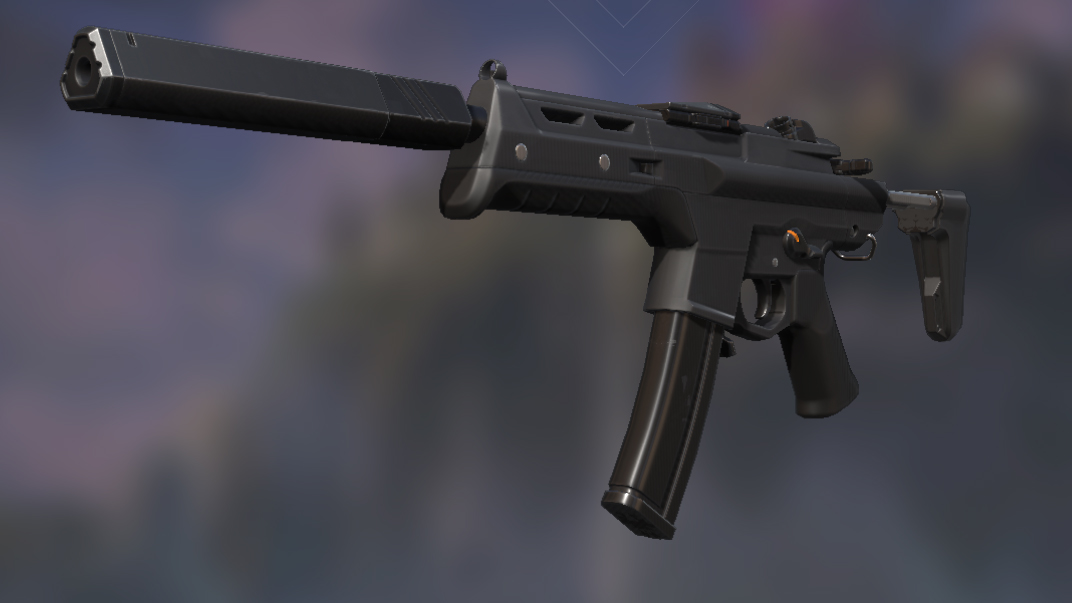
| Gun | Cost | Mag size | Standard fire | ADS | Wall penetration |
|---|---|---|---|---|---|
| Stinger | 1,000 | 20 | Automatic; 18 rps | 1.15x zoom; 4-round burst; 4 rps; "spread reduction" | Low |
| Spectre | 1,600 | 30 | Automatic; 13.33 rps | 1.15x zoom; 12 rps; "slight spread reduction" | Medium |
| Gun/range | Head | Body | Legs |
|---|---|---|---|
| Stinger (at 20m) | 67 | 27 | 23 |
| Stinger (over 20m) | 62 | 25 | 21 |
| Spectre (at 20m) | 78 | 26 | 22 |
| Spectre (over 20m) | 66 | 22 | 18 |
The Spectre has the better headshot damage: Two headshots to kill an armored enemy at 20 meters, and three shots at above 20 meters. The Stinger requires three headshots at both ranges.
The Stinger somewhat makes up for its lower headshot damage by doing a little more body damage and firing faster when you aren't aiming down the sights. When you are in ADS, however, things get weird. The Stinger fires very accurate 4-round bursts down the sights, but can only fire one burst per second. The Spectre, on the other hand, doesn't change much, getting a little slower and a little more accurate.
What I really don't like about the Stinger is that, at over 20 meters, two headshots and one body shot do a total of 149 damage, leaving armored enemies with 1 HP. The stealthier Spectre, on the other hand, will record a kill in the same situation, doing 154 damage.
Stinger spread pattern
Spectre spread pattern
Rifles
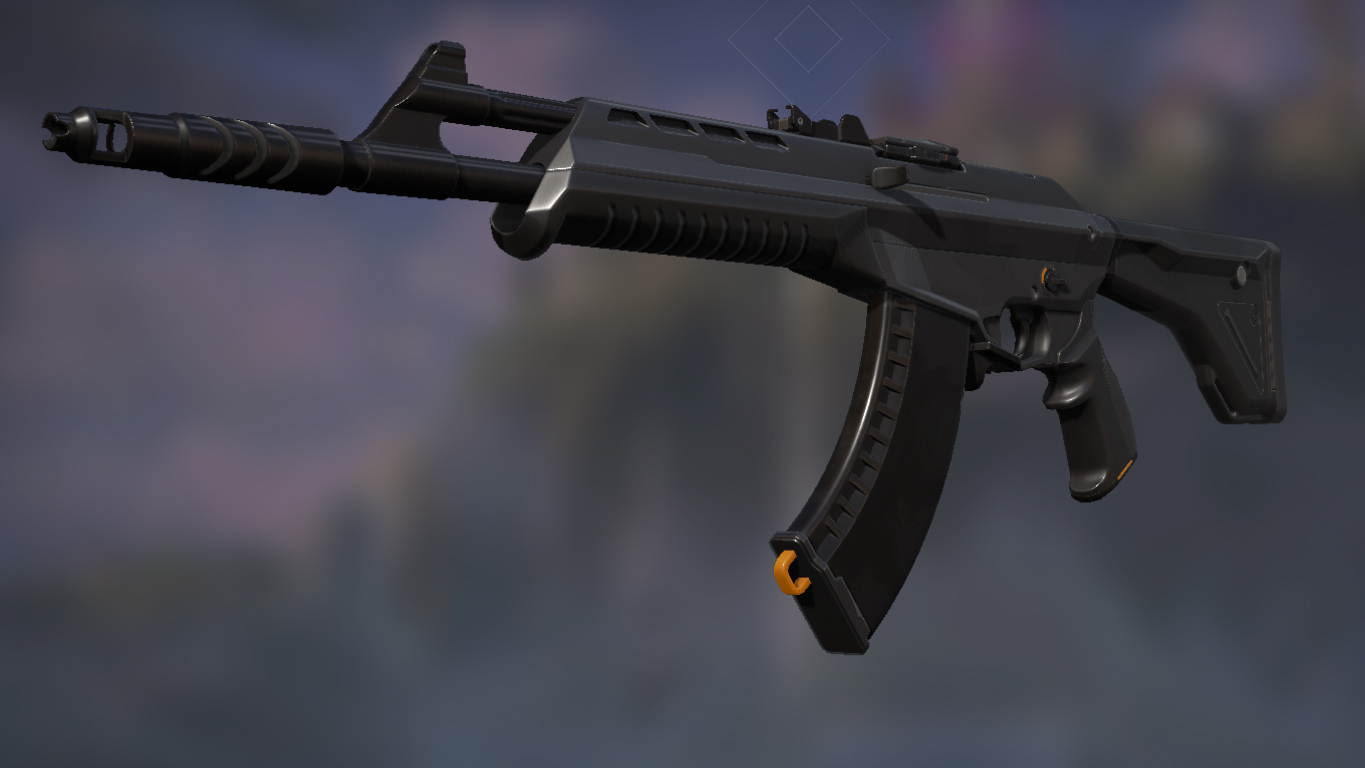
| Gun | Cost | Mag size | Standard fire | ADS | Wall penetration |
|---|---|---|---|---|---|
| Bulldog | 2,100 | 24 | Automatic; 9.15 rps | 1.25x zoom; 3 round bursts; 4 rps | Medium |
| Guardian | 2,700 | 12 | Semi-auto; 6.5 rps | 1.5x zoom; "slight spread reduction" | Medium |
| Phantom | 2,900 | 30 | Automatic; 11 rps | 1.25x zoom; 9.9 rps; "slight spread reduction" | Medium |
| Vandal | 2,900 | 25 | Automatic; 9.25 rps | 1.25x zoom; 8.32 rps; "slight spread reduction" | Medium |
| Gun/range | Head | Body | Legs |
|---|---|---|---|
| Bulldog | 116 | 35 | 30 |
| Guardian | 195 | 65 | 49 |
| Phantom (0-15m) | 156 | 39 | 33 |
| Phantom (16-30m) | 140 | 35 | 30 |
| Phantom (31-50m) | 124 | 31 | 26 |
| Vandal | 156 | 39 | 33 |
If you're a CS:GO player, the Vandal is your AK-47 and the Phantom is your M4. The sleeker Phantom does less damage than the Vandal and is the only one of Valorant's rifles with damage drop-off, but its recoil is easier to control. Here are their spread patterns for comparison:
Vandal spread pattern
Phantom spread pattern
Unless you're an excellent sniper (or want to become one), you should be using assault rifles most of the time. Stick to the Phantom or the Vandal.
An important difference is that the Phantom only does lethal headshot damage against fully armored enemies at 15m or under, whereas the Vandal will always have lethal headshots, even from across the map.
Aside from its lower recoil, the Phantom also makes up for its lower damage with invisible bullet tracers (they appear gray on your screen). It's a small advantage, but it's something.
The Bulldog and Guardian
The semi-automatic Guardian's lethal headshot can be fun in the right hands—just don't forget that you aren't holding a full-automatic—while the Bulldog, in my experience, is better left on the shelf while you save money for a better rifle.
Bulldog spread pattern
Guardian spread pattern
Sniper rifles
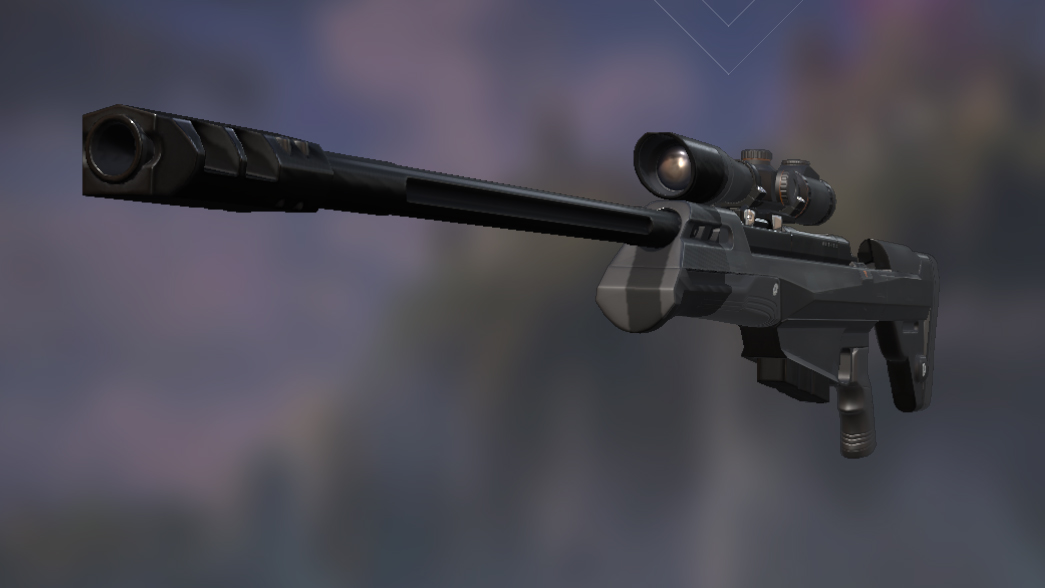
| Gun | Cost | Mag size | Hip fire | Scope | Wall penetration |
|---|---|---|---|---|---|
| Marshal | 1,100 | 5 | Semi-auto; 1.5 rps | 2.5x zoom; 1.2 rps; "slight spread reduction" | Medium |
| Operator | 4,500 | 5 | Bolt action; .75 rps | 2.5x/5x zoom; "significant" spread reduction | High |
| Gun | Head | Body | Legs |
|---|---|---|---|
| Marshal | 202 | 101 | 85 |
| Operator | 255 | 150 | 127 |
The sniper rifles do what you expect them to do: kill, but only if you're a great shot. The Operator is Valorant's version of Counter-Strike's AWP, and it works the same way: It kills fully armored enemies at any range with a head or body shot, but not with a leg shot.
The Marshal, Valiant's version of CS:GO's Scout, kills with a headshot at any range, but requires two body shots or three awkward leg shots to kill armored enemies. What you get in return is a much more accurate shot from the hip.
Marshal hip/scope fire
Operator hip/scope fire
Shotguns
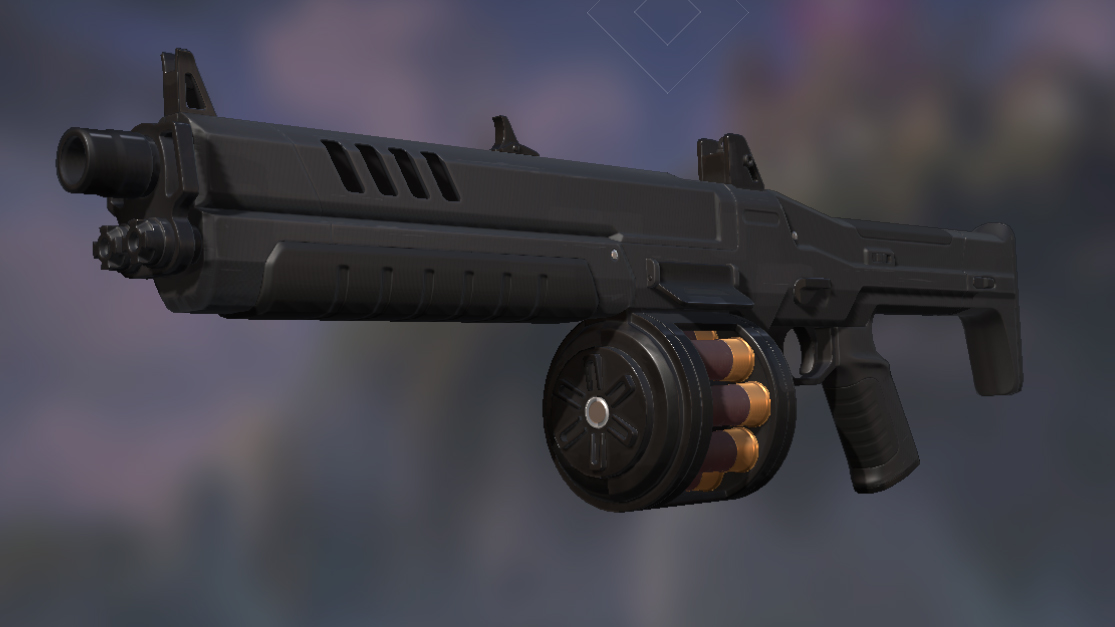
| Gun | Cost | Mag size | Standard fire | Alt fire | Wall penetration |
| Bucky | 900 | 5 | Semi-auto; 15 pellets; 1.1 rps | Semi-auto air burst (10m min); 1.1 rps | Low |
| Judge | 1,500 | 7 | Automatic; 12 pellets; 3.5 rps | None | Medium |
| Gun/range | Head | Body | Legs |
|---|---|---|---|
| Bucky (0-8m) | 44x15 | 22x15 | 19x15 |
| Bucky (8-12 m) | 34x15 | 17x15 | 14x15 |
| Bucky (12-50m) | 18x15 | 9x15 | 8x15 |
| Judge (0-10m) | 34x12 | 17x12 | 14x12 |
| Judge (10-15 m) | 26x12 | 13x12 | 11x12 |
| Judge (15-50m) | 20x12 | 10x12 | 9x12 |
Like the Heavy machine guns listed below, there isn't much to say about the shotguns right now because, like in CS:GO, they're not used much. That's not to say they're completely useless, and we may discover abilities in Valorant that make them more viable, but for now, we'll just stick to the data, and update our thoughts if we discover any exciting reasons to consider these unloved categories.
Bucky spread
Judge spread
Heavies
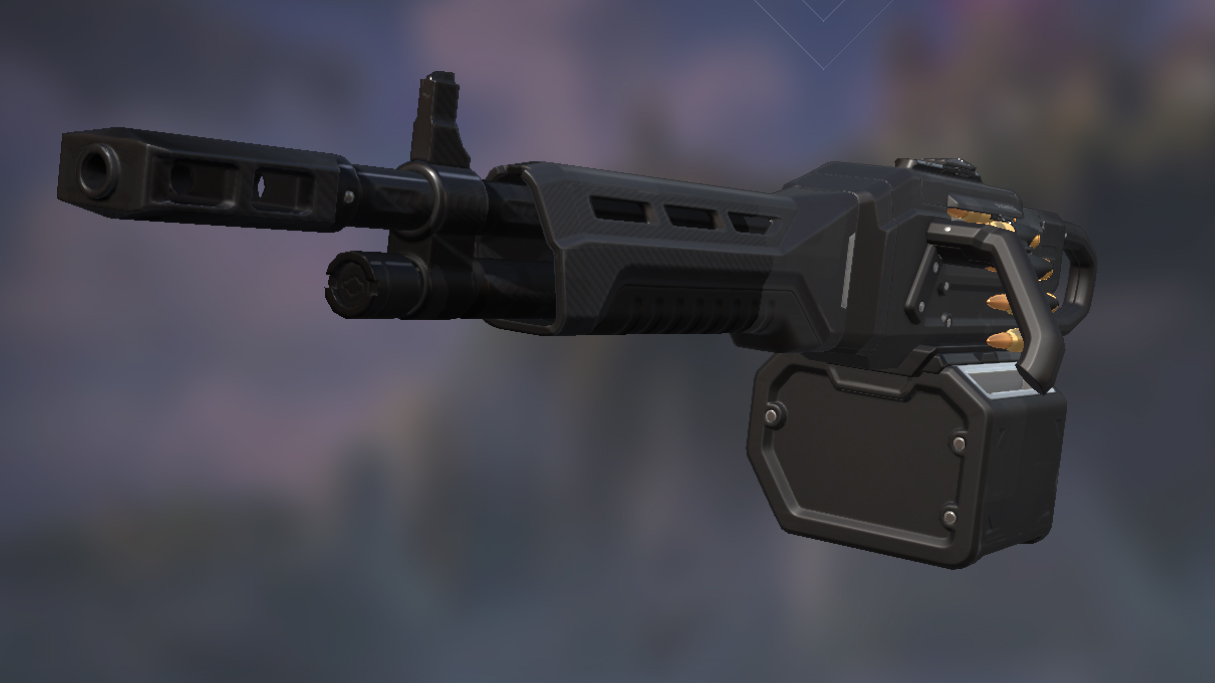
| Gun | Cost | Mag size | Standard fire | ADS | Wall penetration |
|---|---|---|---|---|---|
| Ares | 1,700 | 50 | Automatic; 10-13 rps (increases while firing) | 1.25x zoom; "slight spread reduction" | High |
| Odin | 3,200 | 100 | Automatic; 12 to 15.6 rps (increases while firing) | 1.25x zoom; 15.6 rps (instantly); "slight spread reduction" | High |
| Gun/range | Head | Body | Legs |
|---|---|---|---|
| Ares (at 30m) | 72 | 30 | 25 |
| Ares (above 30m) | 67 | 28 | 23 |
| Odin (at 30m) | 95 | 38 | 32 |
| Odin (above 30m) | 77 | 31 | 26 |
Ares spread
Odin spread

Tyler grew up in Silicon Valley during the '80s and '90s, playing games like Zork and Arkanoid on early PCs. He was later captivated by Myst, SimCity, Civilization, Command & Conquer, all the shooters they call "boomer shooters" now, and PS1 classic Bushido Blade (that's right: he had Bleem!). Tyler joined PC Gamer in 2011, and today he's focused on the site's news coverage. His hobbies include amateur boxing and adding to his 1,200-plus hours in Rocket League.

